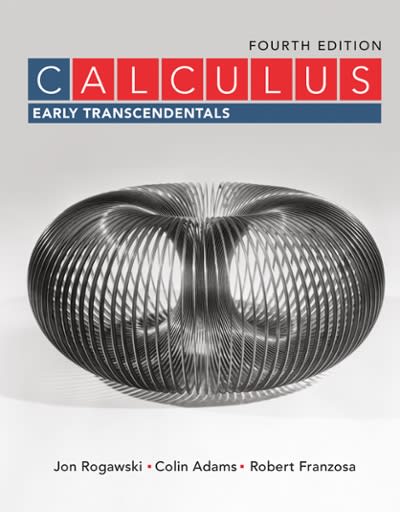Question
1. Eduardo is taking a test. There are two questions he is stumped on and he decides to guess. Let A be the event that
1. Eduardo is taking a test. There are two questions he is stumped on and he decides to guess. Let A be the event that he gets the first question right; let B be the event he gets the second question right (adapted from Blom et al. [1991]).
(a) Obtain an expression for p1, the probability that he gets both questions right conditional on getting the first question right.
(b) Obtain an expression for p2, the probability that he gets both questions right conditional on getting either of the two questions right (A or B). (c) Show that p2 p1. This may seem paradoxical. Knowledge that A or B
has taken place makes the conditional probability that A and B happens smaller than when we know that A has happened. Can you untangle the paradox?
2. According to the National Cancer Institute, for women aged 50, there is a 2.38% risk (probability) of being diagnosed with breast cancer. Screening mammography has a sensitivity of about 85% for women aged 50, and a 95% specificity. That is, the false-negative rate is 15% and the false-positive rate is 5%. If a woman aged 50 has a mammogram, and it comes back positive for breast cancer, what is the probability that she has the disease?
Step by Step Solution
There are 3 Steps involved in it
Step: 1

Get Instant Access to Expert-Tailored Solutions
See step-by-step solutions with expert insights and AI powered tools for academic success
Step: 2

Step: 3

Ace Your Homework with AI
Get the answers you need in no time with our AI-driven, step-by-step assistance
Get Started


